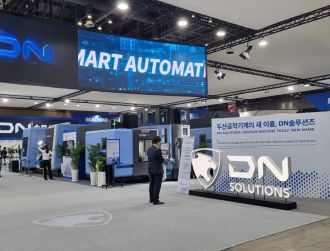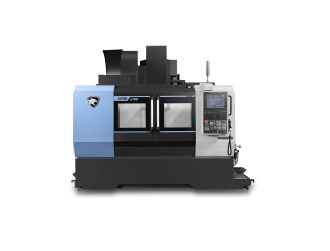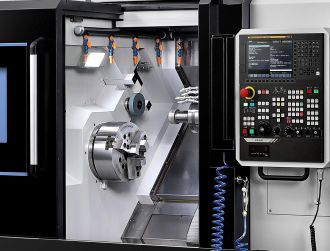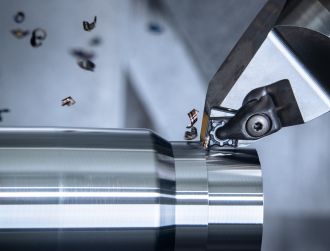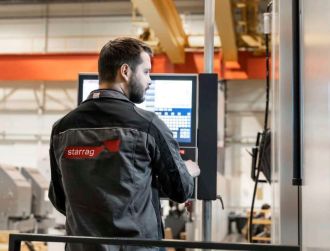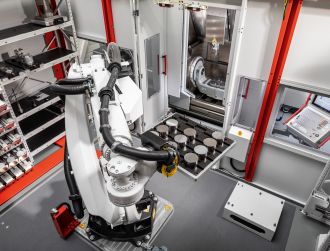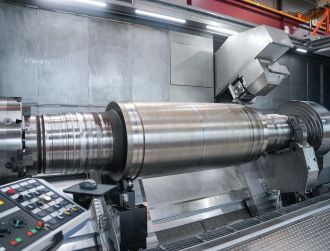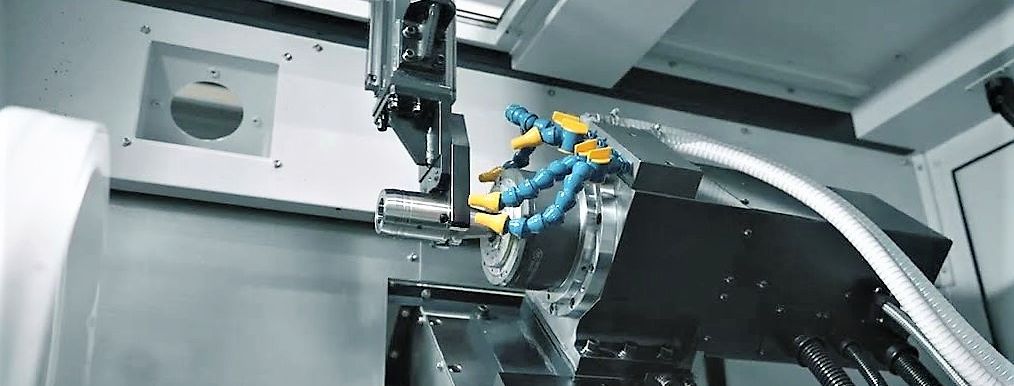
Grinding SiC, quartz and ceramic materials with DN Solutions’ new XG models
DN Solutions has launched the XG 600 Upgrade and the XG 800. The new models are designed to grind parts made with SiC, ceramic, and quartz that are necessary to produce semiconductor wafers. The XG series delivers strong and stable machining performance with a minimal defect rate when machining high-purity, high-heat-resistant materials for use in parts with high unit prices.
The XG series features a box guideway with excellent vibration absorption capacity and a stable X-axis support structure, making it sensitive to vibration and advantageous for grinding involving a heavy load on the X-axis. The adoption of a built-in grinding spindle as a standard feature enables high-quality machining, while the optional 7.5kW high-power option makes it possible to machine extremely hard materials such as SiC. It is equipped with a function for classifying the speed levels during rotation of the grinding spindle so that the speed can be recognized and manipulated, and a function for checking the current speed at all times.
The XG series offers a high level of precision, with an error range of just 0.01 mm to +0.01 mm. In addition, it features an integrated high-rigidity bed structure and a feed axis guide with increased stability, reducing vibration and minimizing thermal displacement.
Durable and user-friendly
The XG series from DN Solutions is particularly capable of treating sludge (quartz dust), thus increasing its durability. The gap wiper and close-fitting cover structure are designed to block the penetration of quartz powder, while the straight coolant tank structure makes it easy to clean out any sludge. In addition, the coolant tank structure can be detached from the front or rear side of the bed, allowing efficient use of space.
Furthermore, to increase user convenience, a space for opening the equipment door is secured, allowing sufficient internal work area, and accessibility has also been improved, making it even easier to change workpieces and tools. The adoption of the C-axis control function has made it possible to realize the hole grinding process on one machine, which previously required a separate process on a milling machine.

